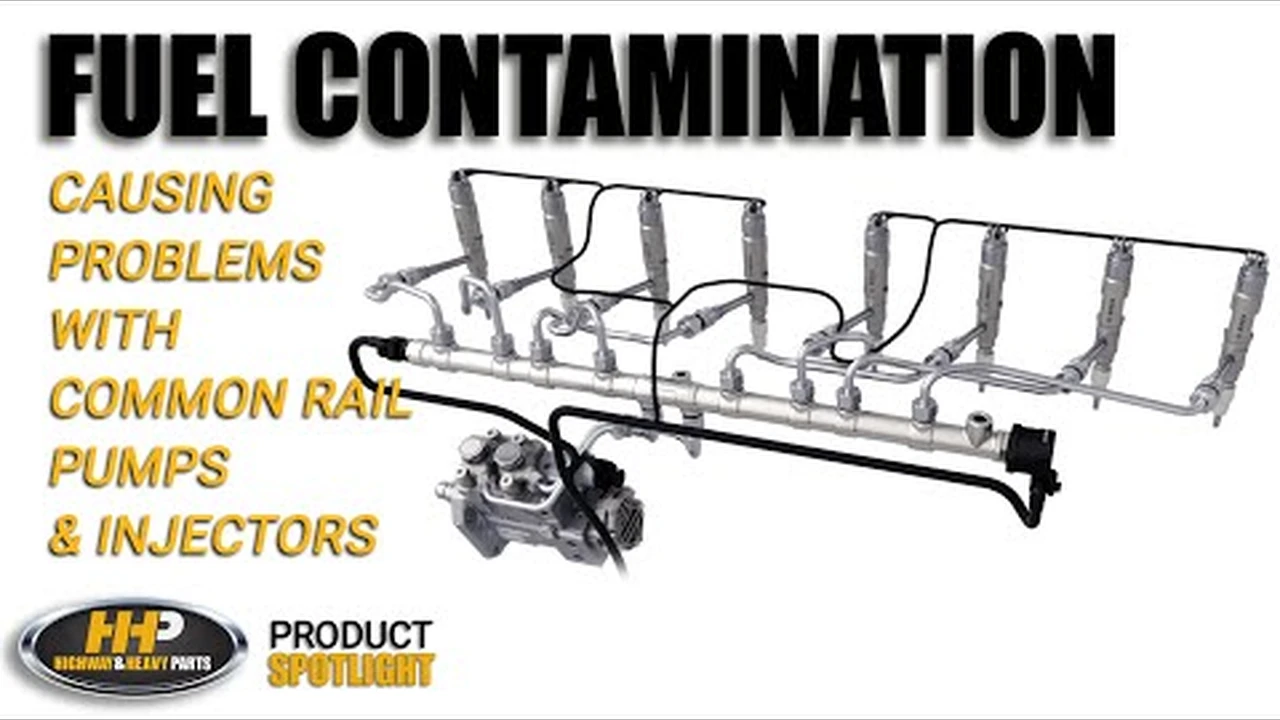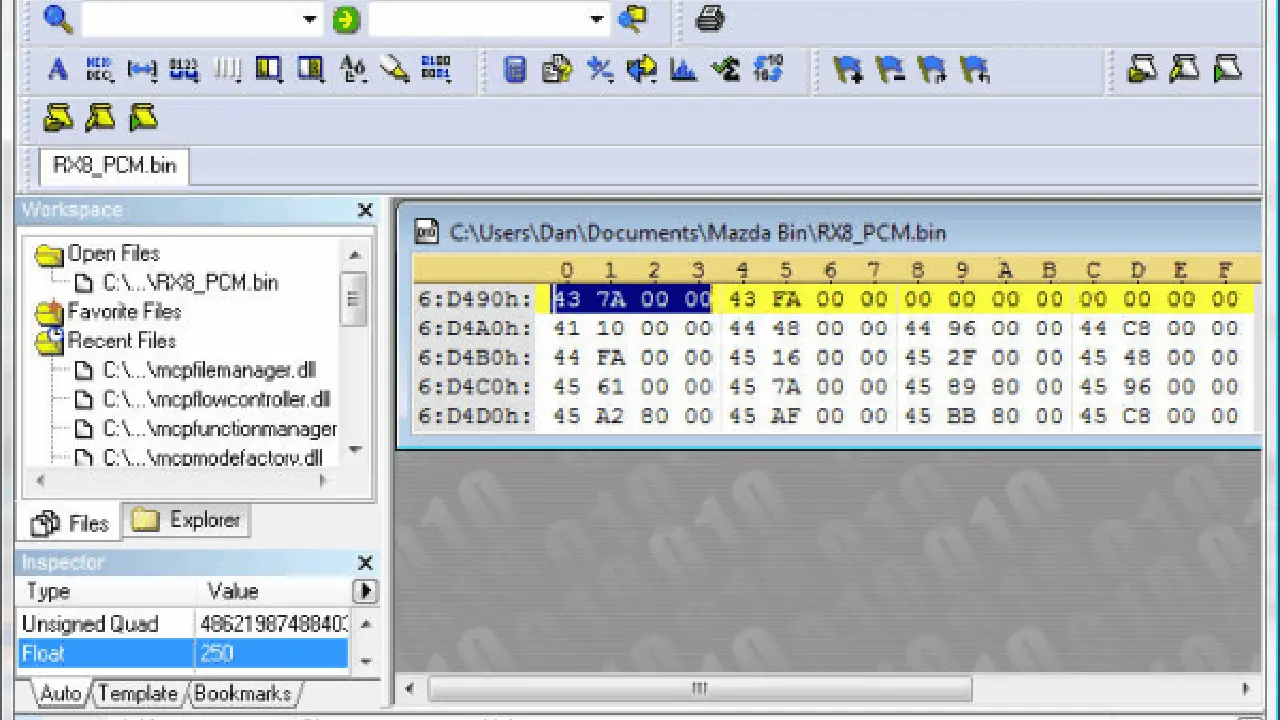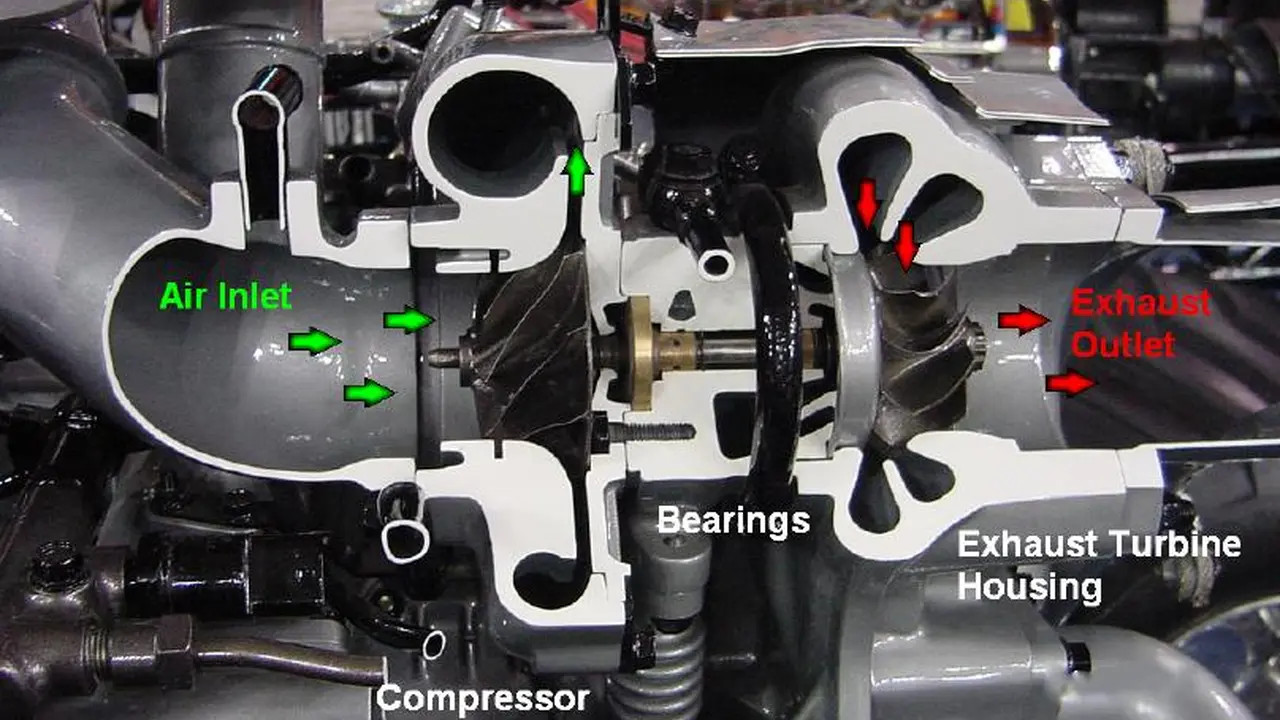Diagnosing Fuel System Problems: Pumps, Injectors & Regulators
OBD2 scanners are essential tools for diagnosing engine problems. We review the top 5 OBD2 scanners, comparing their features, compatibility, and ease of use. Find the perfect scanner to help you diagnose and resolve engine issues.

Understanding the Fuel System Components Pumps Injectors and Regulators
Okay, let's dive deep into the heart of your car's fuel delivery system. We're talking about the unsung heroes that keep your engine running smoothly (or not so smoothly, if things go wrong): fuel pumps, fuel injectors, and fuel pressure regulators. Each plays a vital role, and when one falters, your engine performance can take a serious hit.
Fuel Pumps: The fuel pump's job is simple: to suck fuel from the tank and send it under pressure to the engine. Modern cars almost universally use electric fuel pumps, often located inside the fuel tank for better cooling and reduced noise. A failing fuel pump can cause a whole host of problems, from hard starting to complete engine failure. Think of it as the heart of your fuel system – if it can't pump blood (fuel), nothing else works.
Fuel Injectors: These little guys are responsible for spraying a precise amount of fuel into the engine's cylinders. They're basically tiny, electronically controlled valves that open and close rapidly, atomizing the fuel for efficient combustion. Clogged or malfunctioning injectors can lead to misfires, poor fuel economy, and a loss of power. They're like the lungs, delivering the air-fuel mixture for combustion.
Fuel Pressure Regulators: The fuel pressure regulator maintains a constant fuel pressure in the fuel rail, ensuring that the injectors receive a consistent supply of fuel. It does this by bleeding off excess fuel back to the tank. A faulty regulator can cause either too much or too little fuel pressure, leading to a variety of performance problems. Think of it as the control valve, keeping the fuel flow steady and consistent.
Common Symptoms of Fuel System Issues and How to Identify Them
So, how do you know if your fuel system is acting up? Here are some telltale signs:
- Hard Starting or No Start: This is often a sign of a failing fuel pump or a clogged fuel filter restricting fuel flow.
- Rough Idling: Dirty or malfunctioning fuel injectors can cause a rough idle, as the engine struggles to maintain a consistent air-fuel mixture.
- Misfires: Misfires occur when one or more cylinders don't fire correctly. This can be caused by faulty injectors, a weak fuel pump, or a vacuum leak.
- Poor Fuel Economy: A rich fuel mixture (too much fuel) can lead to poor fuel economy. This can be caused by a faulty fuel pressure regulator or leaking injectors.
- Loss of Power: A weak fuel pump or clogged fuel filter can restrict fuel flow, leading to a noticeable loss of power, especially under acceleration.
- Check Engine Light: The check engine light is your car's way of telling you something's wrong. Fuel system problems will often trigger a code.
To diagnose fuel system problems, you'll need a few basic tools:
- OBD2 Scanner: To read diagnostic trouble codes (DTCs).
- Fuel Pressure Tester: To check fuel pressure at the fuel rail.
- Multimeter: To test electrical components, such as the fuel pump.
- Fuel Injector Cleaner: Sometimes, a good cleaning can revive clogged injectors.
Fuel Pump Problems Diagnosis and Solutions with Specific Product Recommendations
Diagnosis: The most common symptom of a failing fuel pump is difficulty starting the engine, especially when the engine is hot. You might also experience a loss of power, especially under acceleration, or the engine might stall completely. Use a fuel pressure tester to check the fuel pressure at the fuel rail. A reading below the manufacturer's specification indicates a problem with the fuel pump or fuel pressure regulator.
Solutions:
- Fuel Pump Replacement: If the fuel pump is failing, the only real solution is to replace it. Here are a few recommendations:
- Delphi Fuel Pump Module: Delphi is a well-respected brand known for its quality and reliability. Their fuel pump modules are a popular choice for many vehicles. Price: $150-$300 depending on the vehicle. Use Case: A reliable replacement for a failing OEM fuel pump in a daily driver.
- AEM High Flow In-Tank Fuel Pump: If you're upgrading your engine for more power, you'll need a fuel pump that can keep up. AEM's high-flow fuel pumps can deliver the extra fuel your engine needs. Price: $120-$250. Use Case: Upgrading a modified engine for increased horsepower.
- Walbro 255 LPH Fuel Pump: Walbro is another popular brand known for its performance fuel pumps. The 255 LPH model is a common upgrade for modified vehicles. Price: $100-$200. Use Case: A performance upgrade for a modified engine, offering good value for the price.
- Fuel Filter Replacement: A clogged fuel filter can restrict fuel flow and put extra strain on the fuel pump. Replace the fuel filter regularly, typically every 30,000 miles.
Product Comparison:
When choosing a fuel pump, consider the following factors:
- Flow Rate: The flow rate of the fuel pump should be adequate for your engine's horsepower.
- Pressure: The fuel pump should be able to maintain the correct fuel pressure for your engine.
- Reliability: Choose a fuel pump from a reputable brand known for its reliability.
- Price: Fuel pump prices can vary widely. Consider your budget and choose a pump that offers good value for the price.
Fuel Injector Problems Diagnosis Cleaning and Replacement Options
Diagnosis: Common symptoms of fuel injector problems include rough idling, misfires, poor fuel economy, and a loss of power. You might also notice a fuel smell. You can try using a fuel injector cleaner to see if that resolves the issue. If not, you might need to replace the injectors.
Solutions:
- Fuel Injector Cleaning: Sometimes, clogged injectors can be cleaned using a fuel injector cleaner additive in your fuel tank. For more stubborn clogs, you can try removing the injectors and having them professionally cleaned.
- Fuel Injector Replacement: If cleaning doesn't work, you'll need to replace the injectors. Here are a few recommendations:
- Bosch Fuel Injectors: Bosch is a leading manufacturer of fuel injectors, known for their quality and performance. Price: $50-$150 per injector depending on the vehicle. Use Case: A reliable OEM replacement for most vehicles.
- Injector Dynamics Fuel Injectors: Injector Dynamics specializes in high-performance fuel injectors for modified vehicles. They offer a wide range of sizes to meet the needs of different engines. Price: $150-$300 per injector. Use Case: A performance upgrade for a heavily modified engine, requiring precise fuel delivery.
- DeatschWerks Fuel Injectors: DeatschWerks is another popular brand known for its performance fuel injectors. Price: $100-$250 per injector. Use Case: A good balance of performance and price for a moderately modified engine.
Product Comparison:
When choosing fuel injectors, consider the following factors:
- Flow Rate: The flow rate of the injectors should be adequate for your engine's horsepower.
- Impedance: The impedance of the injectors should match your vehicle's ECU.
- Spray Pattern: The spray pattern of the injectors should be optimized for efficient combustion.
- Price: Fuel injector prices can vary widely. Consider your budget and choose injectors that offer good value for the price.
Fuel Pressure Regulator Problems Diagnosis Testing and Replacement Options
Diagnosis: A faulty fuel pressure regulator can cause either too much or too little fuel pressure. Too much fuel pressure can lead to a rich fuel mixture, resulting in poor fuel economy and a fuel smell. Too little fuel pressure can lead to a lean fuel mixture, resulting in misfires and a loss of power. Use a fuel pressure tester to check the fuel pressure at the fuel rail. Compare the reading to the manufacturer's specification.
Solutions:
- Fuel Pressure Regulator Replacement: If the fuel pressure regulator is faulty, the only real solution is to replace it. Here are a few recommendations:
- ACDelco Fuel Pressure Regulator: ACDelco is the OEM supplier for many GM vehicles, so their fuel pressure regulators are a good choice for GM cars and trucks. Price: $50-$100 depending on the vehicle. Use Case: A reliable OEM replacement for GM vehicles.
- Standard Motor Products Fuel Pressure Regulator: Standard Motor Products offers a wide range of fuel pressure regulators for various vehicles. Price: $40-$80. Use Case: A cost-effective replacement for a variety of vehicles.
- Aeromotive Adjustable Fuel Pressure Regulator: If you're running a modified engine, you might need an adjustable fuel pressure regulator to fine-tune the fuel pressure. Aeromotive is a leading manufacturer of adjustable fuel pressure regulators. Price: $150-$300. Use Case: Fine-tuning fuel pressure for a heavily modified engine.
Product Comparison:
When choosing a fuel pressure regulator, consider the following factors:
- Pressure Range: The pressure range of the regulator should be appropriate for your engine.
- Adjustability: If you're running a modified engine, you might need an adjustable regulator.
- Reliability: Choose a regulator from a reputable brand known for its reliability.
- Price: Fuel pressure regulator prices can vary. Consider your budget and choose a regulator that offers good value.
Step-by-Step Troubleshooting Guide for Fuel System Problems
Here's a step-by-step guide to help you troubleshoot fuel system problems:
- Check the Fuel Level: Start with the basics. Make sure you have enough fuel in the tank.
- Check the Fuel Filter: A clogged fuel filter can restrict fuel flow. Replace it if necessary.
- Check the Fuel Pump Relay: The fuel pump relay provides power to the fuel pump. If the relay is faulty, the fuel pump won't run.
- Check the Fuel Pump: Use a fuel pressure tester to check the fuel pressure at the fuel rail. If the pressure is low, the fuel pump might be failing.
- Check the Fuel Injectors: Listen to the injectors with a stethoscope. You should hear a clicking sound as they open and close. If you don't hear a clicking sound, the injectors might be clogged or faulty.
- Check the Fuel Pressure Regulator: Use a fuel pressure tester to check the fuel pressure at the fuel rail. If the pressure is too high or too low, the fuel pressure regulator might be faulty.
- Read OBD2 Codes: Use an OBD2 scanner to read diagnostic trouble codes (DTCs). The codes can provide valuable information about the problem.
Preventative Maintenance Tips to Keep Your Fuel System Healthy
Here are a few preventative maintenance tips to keep your fuel system healthy:
- Use High-Quality Fuel: Use high-quality fuel from a reputable gas station.
- Replace the Fuel Filter Regularly: Replace the fuel filter according to the manufacturer's recommendations, typically every 30,000 miles.
- Use Fuel Injector Cleaner: Use a fuel injector cleaner additive in your fuel tank every few thousand miles to help keep the injectors clean.
- Avoid Running the Fuel Tank Empty: Running the fuel tank empty can suck up debris from the bottom of the tank and clog the fuel filter.
:max_bytes(150000):strip_icc()/277019-baked-pork-chops-with-cream-of-mushroom-soup-DDMFS-beauty-4x3-BG-7505-5762b731cf30447d9cbbbbbf387beafa.jpg)






